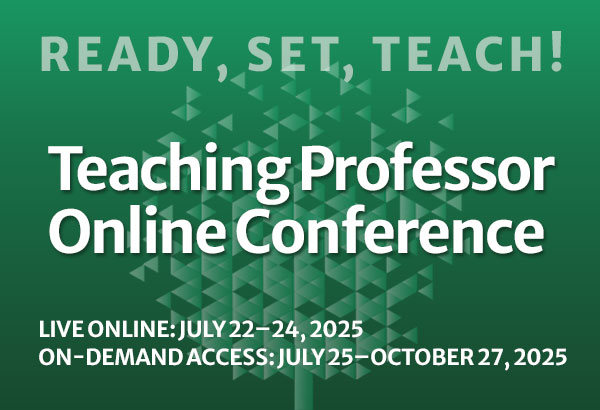Direct Instruction has a bad reputation. It is often associated in higher education with long lectures and passive learners. “Passivity isn’t wrong because it’s boring; it’s wrong because it doesn’t work” (Daniel and Bizer, 2005, p. 103). Direct Instruction is an instructional model that consists of three main components: modeling, guided practice with formative feedback, and independent practice. When utilized correctly, the Direct Instruction model is anything but boring, and students should never be passive recipients of learning. Beyond the scope of a traditional classroom, there are ways to incorporate Direct Instruction in an online format. The I Do, We Do, You Do structure of Direct Instruction can be utilized to present new material, guide students through the learning process using constructive feedback, and allow space for students to feel part of a larger community of learners as they work in collaboration with peers to demonstrate their understanding. This takes intentionality and effort on behalf of the professor, but this is a worthwhile endeavor as we strive to educate our online learners.



